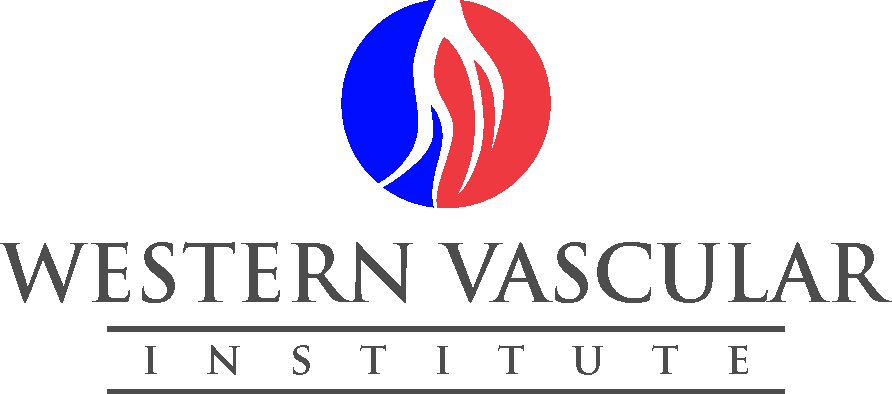Varicose Vein Treatment in Mesa, Arizona (AZ)
Varicose
veins are twisted, enlarged veins that are typically found in the legs and
feet. This is because standing and sitting for prolonged periods increases
pressure in the veins located in your lower body. Your veins have valves that
run in one direction, and the blood they push out flows toward your heart. If
the valves weaken or become damaged, blood is unable to effectively flow out.
That which does not go out of the veins, pools and causes the veins to swell,
leading to varicose veins.
Diagnosing Varicose Veins
Since varicose veins may signal an underlying medical condition like diabetes, your vein specialist will likely order imaging studies and/or blood tests to help diagnose any potential underlying conditions. These tests are also performed in order to evaluate valve function, understand your valve structure, determine if blood clots are present in the veins and assess the amount of blood that is flowing back into the legs. A physical exam and questions about your symptoms are also in order, and are the first steps your doctor will take. All of this information will be used to help your vein doctor choose the proper course of treatment.Prior to Varicose Vein Treatment
Prior to having a treatment performed, most health insurance companies will require you to first wear compression stockings for several months and perform self-care.Self-care
Compression stockings
These support hose come various lengths and consist of an elastic, stretchable material that applies varying grades of pressure at different points along the leg. Since most of the blood in your leg veins gather at the ankle as a result of gravity, the highest grade of pressure supplied by the stockings is in this area. Pressure then gradually decreases higher up the leg. This is because gravity has less of an effect on the blood in the upper parts of the leg. Their purpose other than reducing venous pressure and forcing blood from the legs up to the heart, is to minimize swelling by keeping fluids from leaking out of the veins and pooling in the leg. All of this works to improve blood flow and decrease your risk of developing blood clots and venous ulcers.Treating Varicose Veins
If your condition is advanced, or if the above methods have not significantly minimized your symptoms and condition, the following treatment options may be performed:Sclerotherapy - this procedure is typically more effective when treating spider veins, but may also be used as a treatment for smaller varicose veins. Here, the doctor will inject a chemical solution into the veins using a very fine needle. The solution will irritate the lining of the vein, causing it inflame and harden. The harden tissue, which is later absorbed by the body, closes off the vein. The absorption process causes the vein to shrink and disappear over time.
Endovenous laser ablation – a laser fiber is inserted through the skin and into your varicose vein. The laser heats the lining of the vein. The heat damages the walls of the blood vessel, causing it to collapse, shrink and eventually disappear.
Phlebectomy – a surgeon will remove small- to medium-size varicose veins through tiny punctures made in the skin.
After Varicose Vein Treatment
Results may take several weeks, and a combination of procedures may need to be performed in order to rid your varicose veins entirely. Self-care after your treatment(s) resembles self-care you might perform before your procedure. This includes wearing compression stockings, elevating your legs and avoiding long standing and sitting. Exercises during the first couple of weeks, however, should be low-impact like walking and stretching. You will be advised to avoid lifting heavy objects or performing activities that will put a strain on your venous system. All of these tips help minimize symptoms and prevent the development of new varicose veins.
About Western Vascular Institute

Visit Us at Our 3 Locations:
Mesa Office
7165 E. University Dr, Suite 183
Mesa, AZ 85207
Payson Office
708 S. Coeur D Alene Ln, Suite B
Featured Specialist for Varicose Vein Treatment in Mesa, AZ
Arizona’s Leading Vascular Surgery Group
Call Now: (480) 668-5000 7165 E. University Drive, Ste. 183Mesa, AZ 85207
Request Appointment
We encourage you to call if you have questions or wish to setup an appointment.
More Services from Western Vascular Institute


